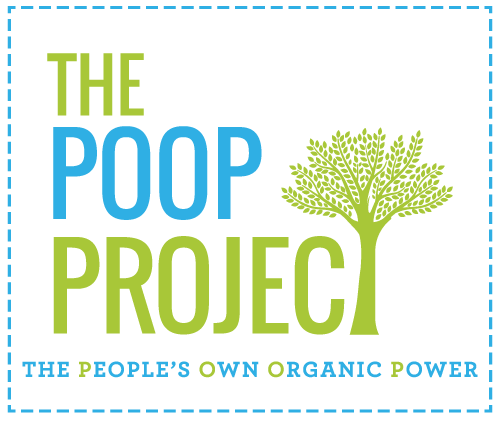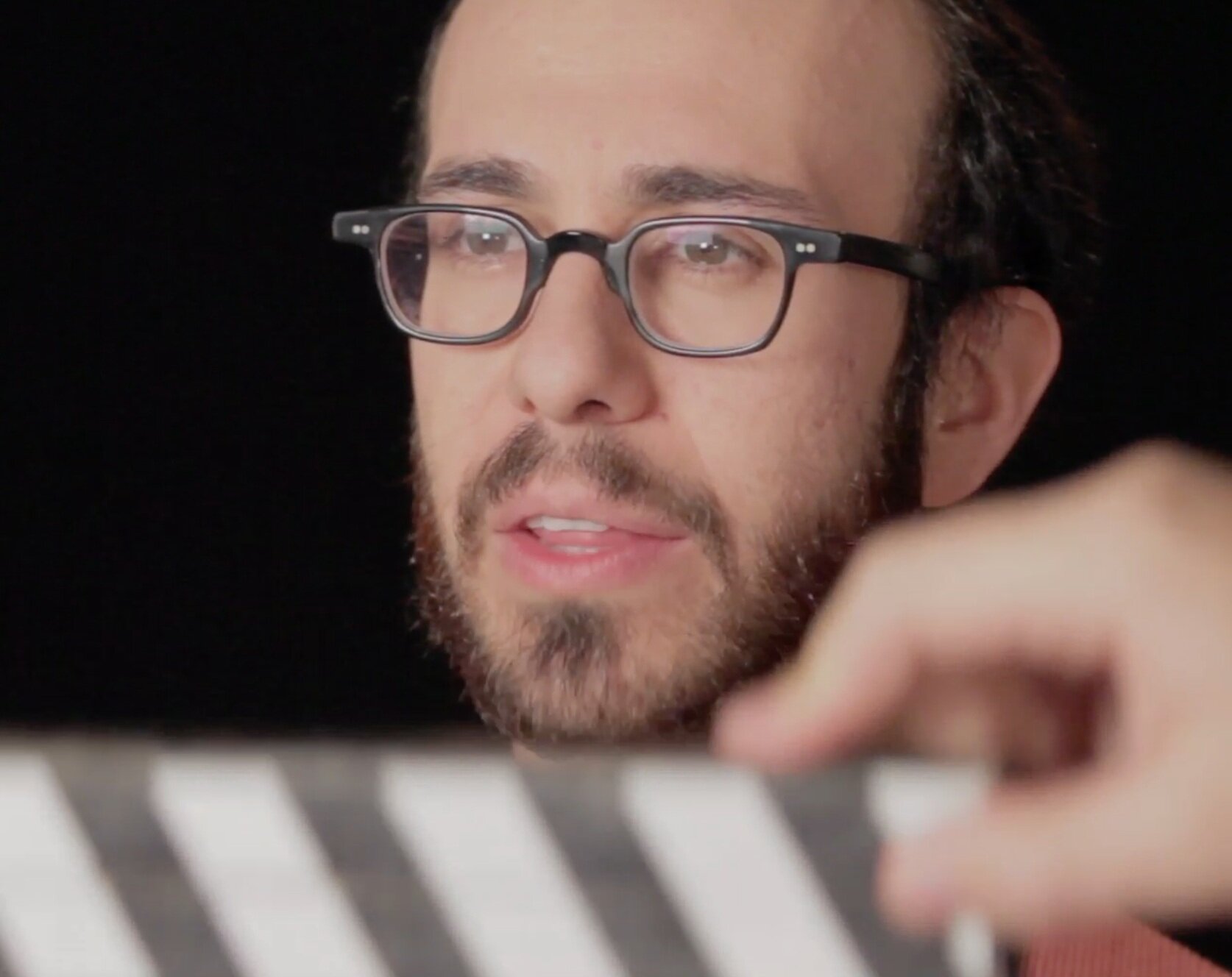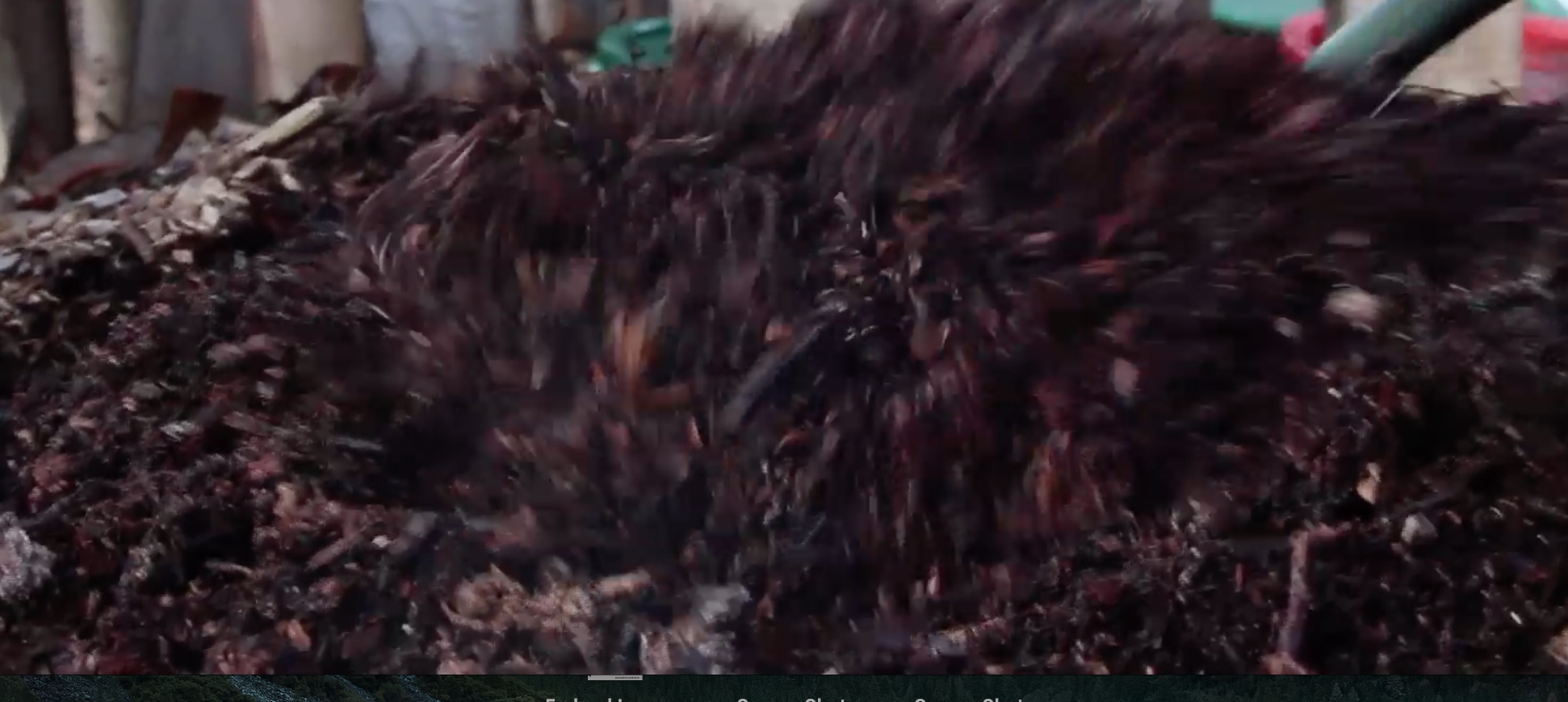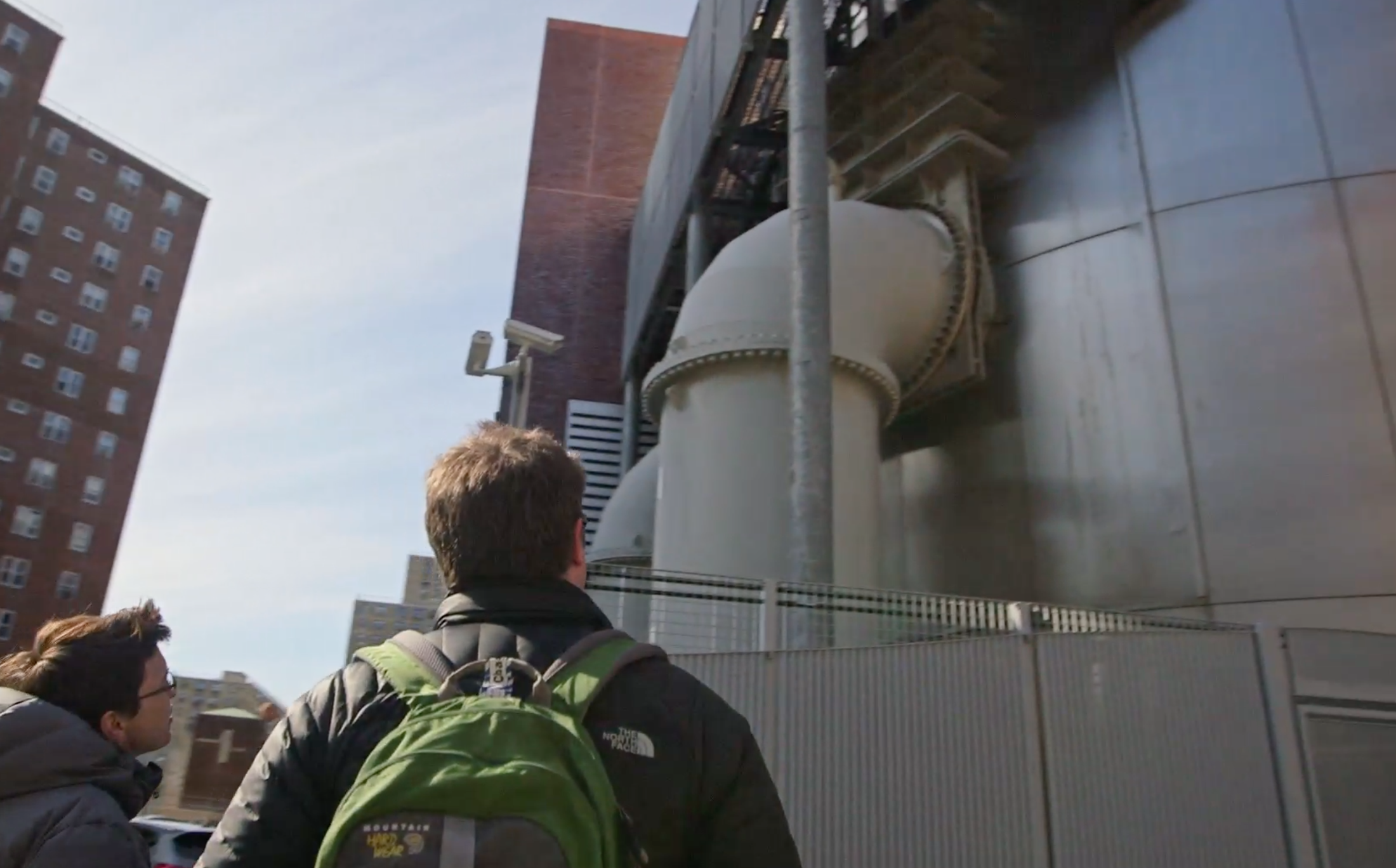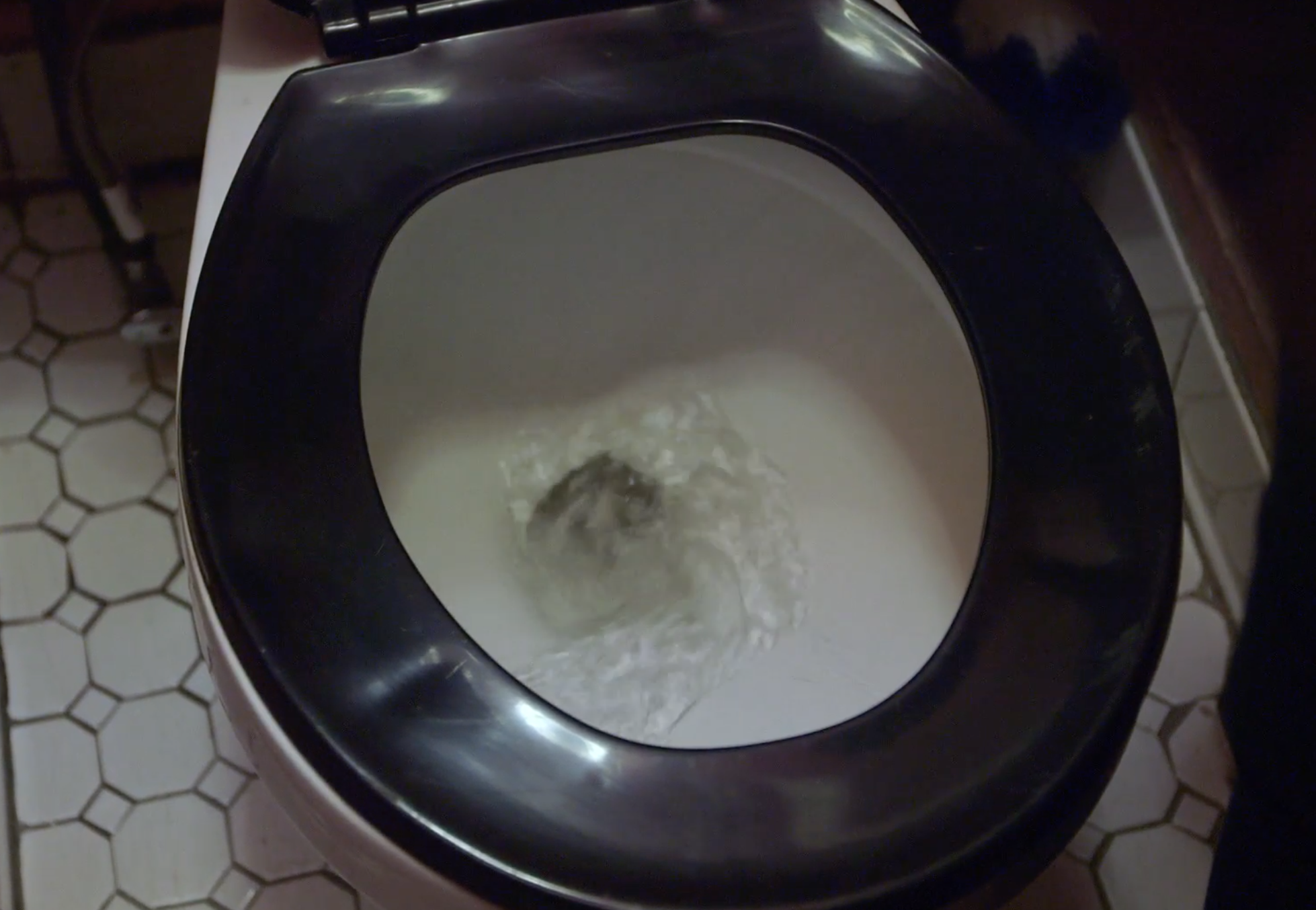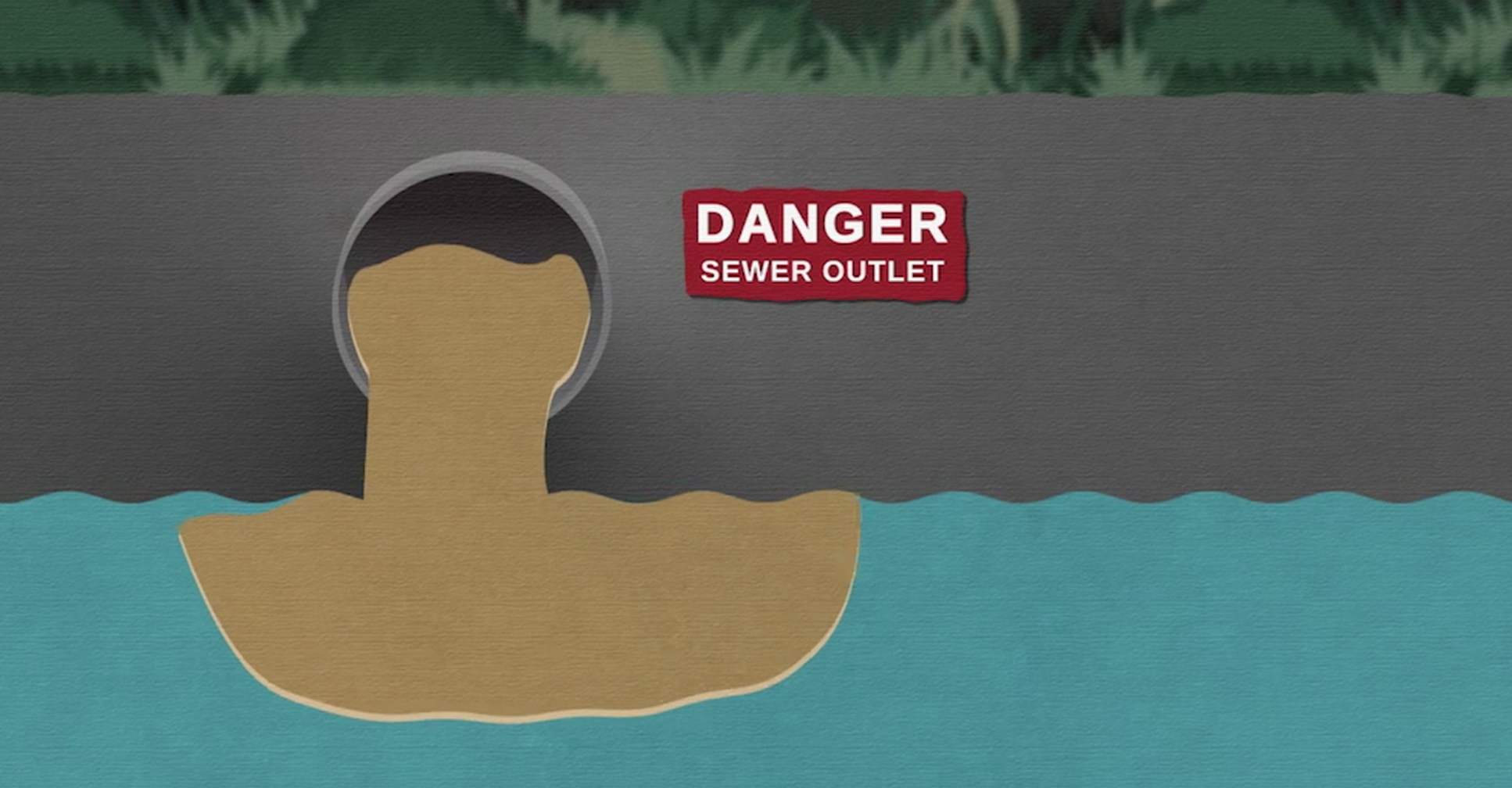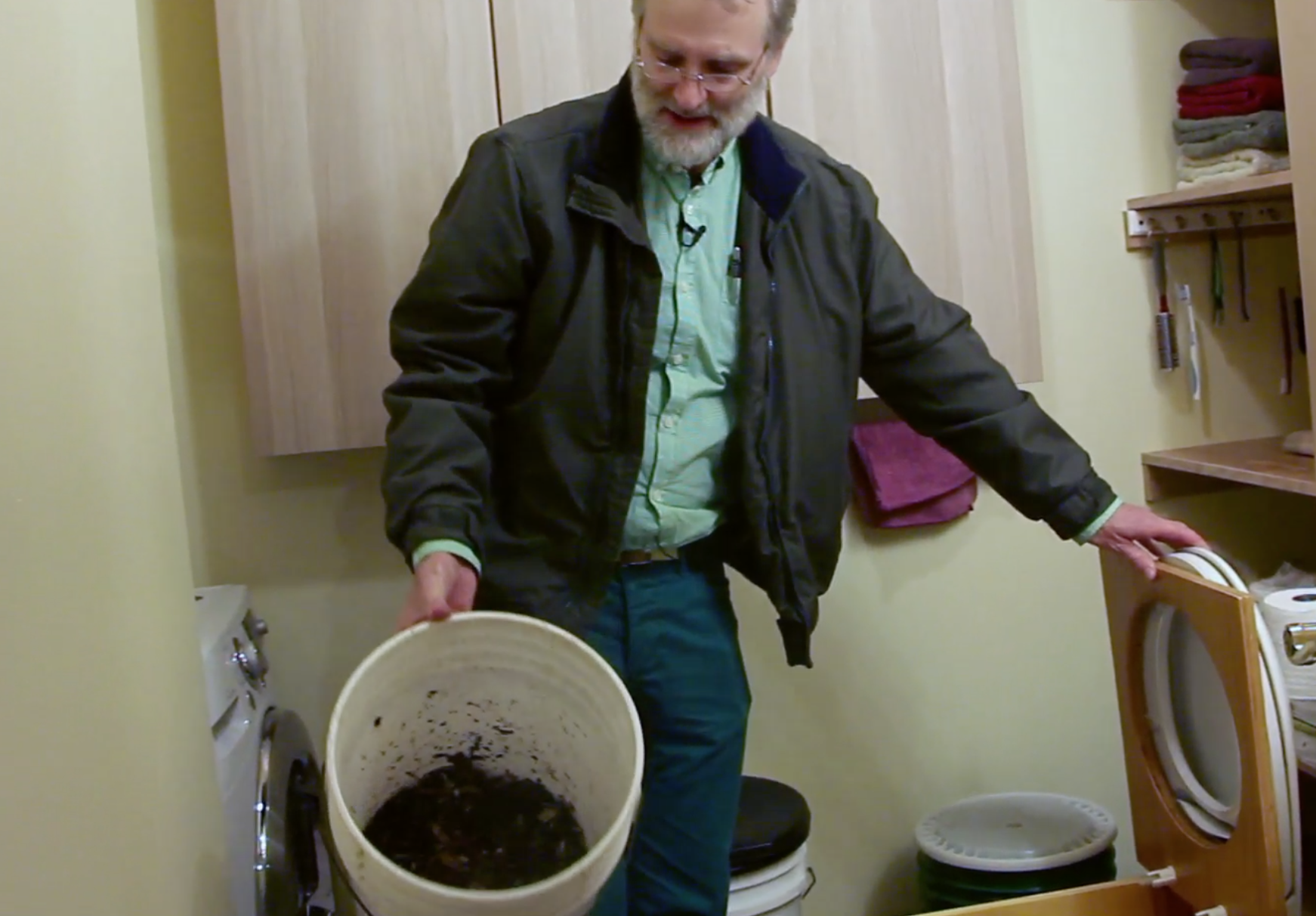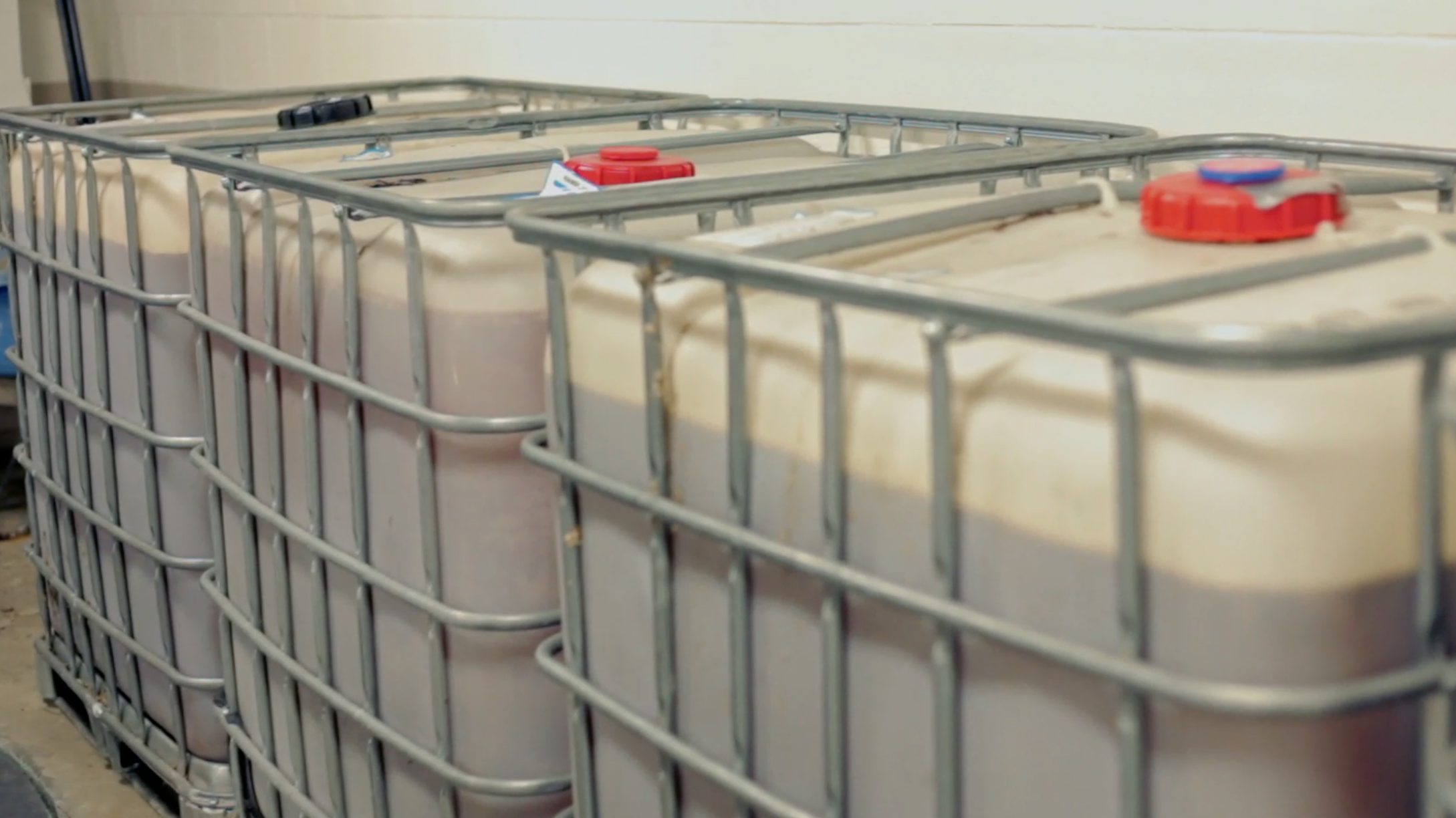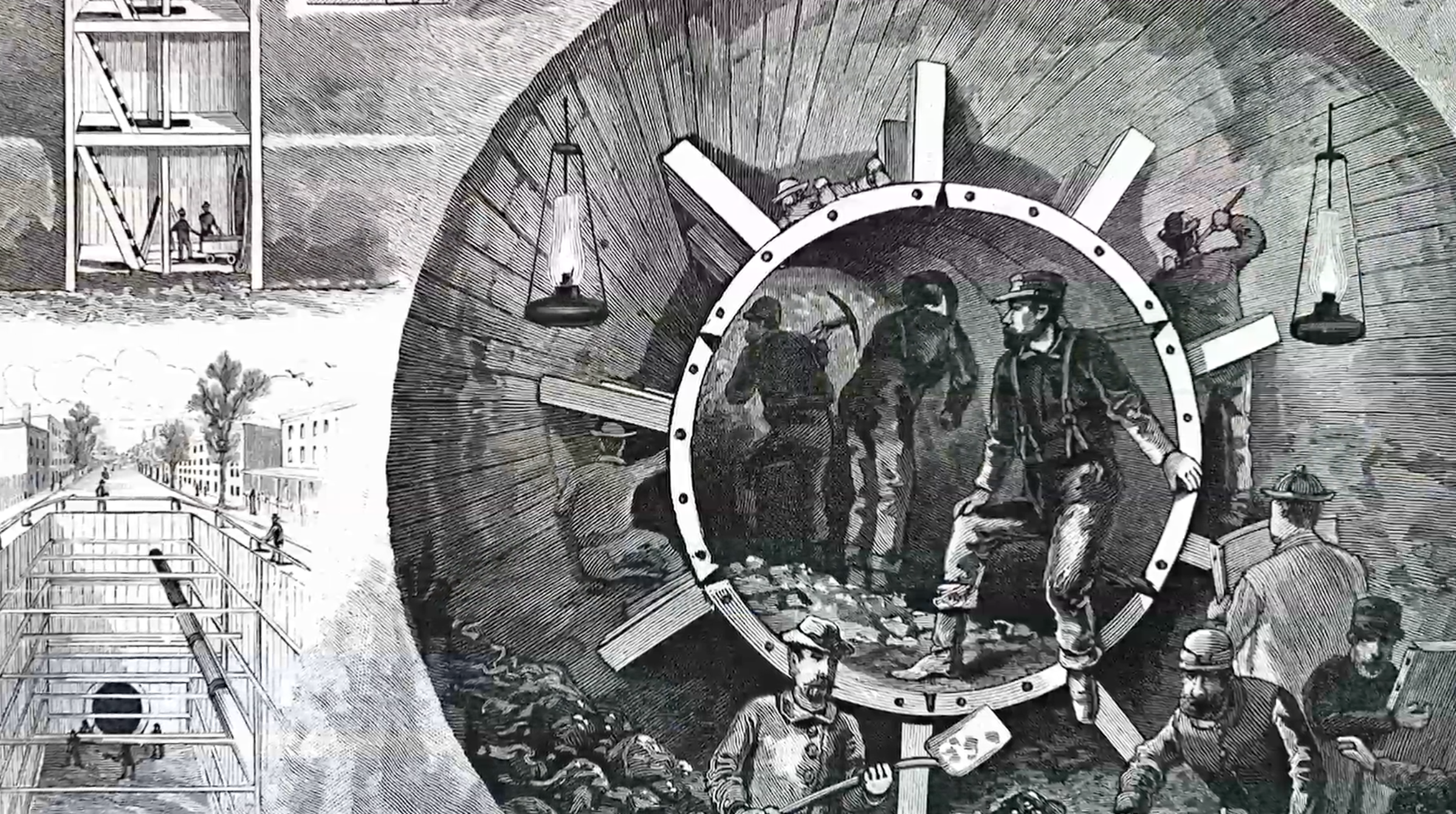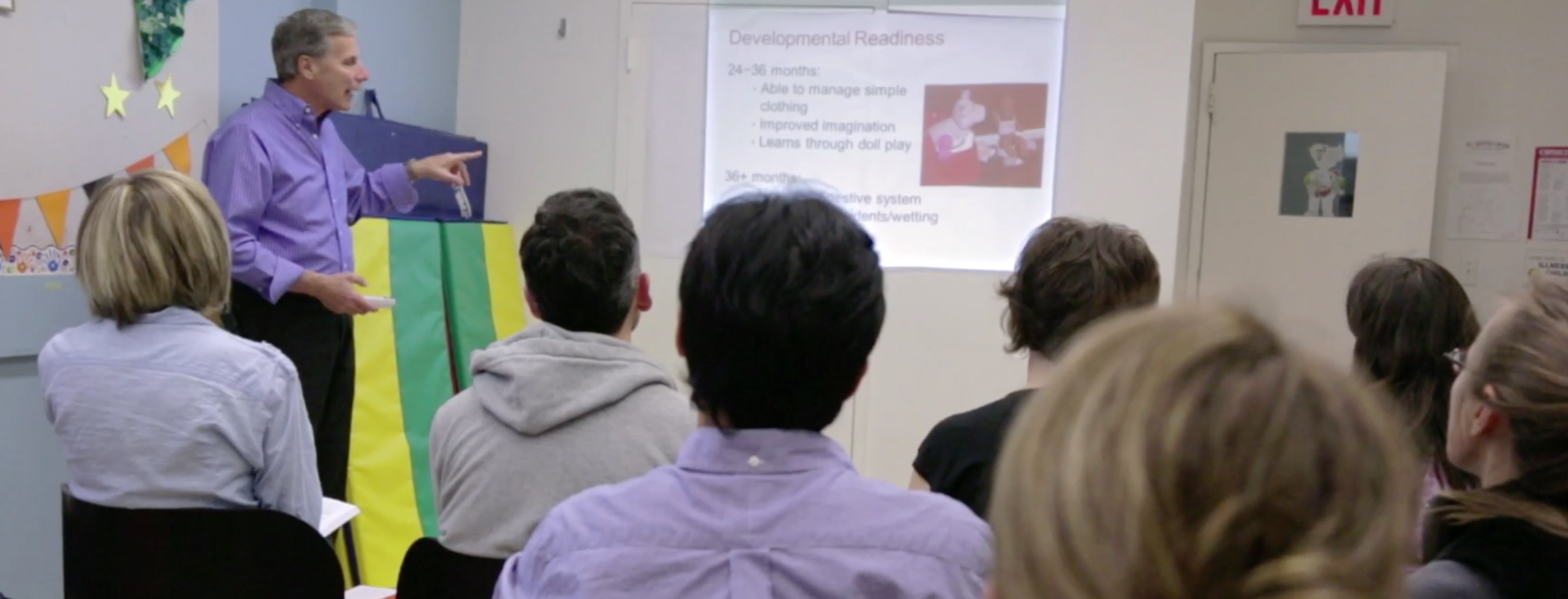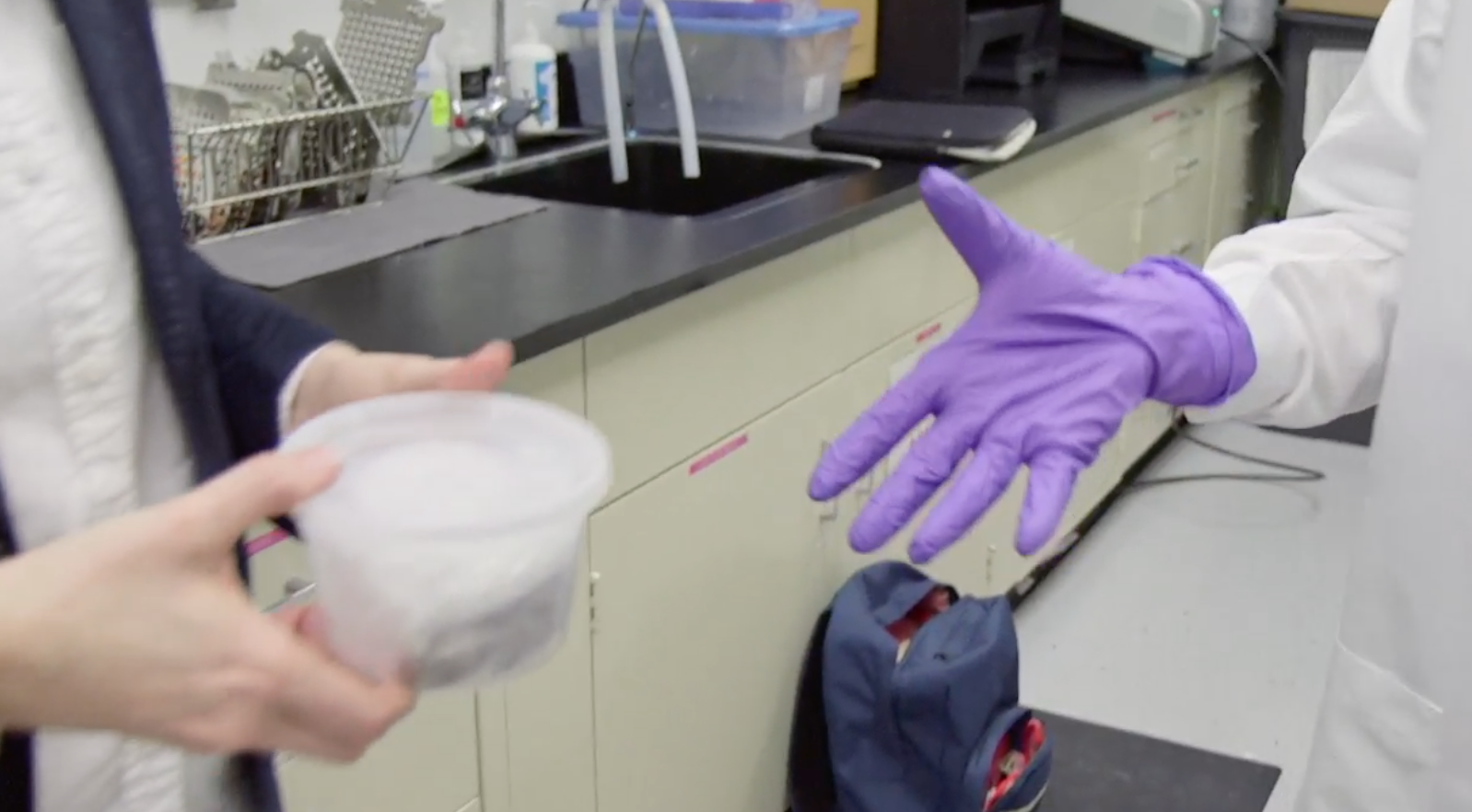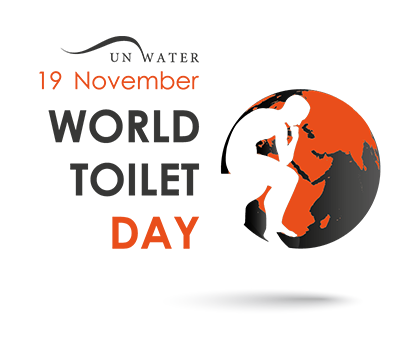DIRTY WATER OUT: Wastewater
Excuse me waiter, there's poop in my water
Cities that rely on waterborne sanitation systems produce millions of gallons of wastewater a day. In Sewer and the City, we scratched the surface of sanitary infrastructure. Now let's plunge in...so to speak.
Influent to Effluent
Wastewater treatment is a complicated business. We take whatever we put in the system - poop, pee, toilet paper, soap, etc. - and try to get it out before releasing the water back into the environment. It's a process that has been evolving since the mid-1800s from mere separation into advanced biological treatments. While this diagram from Silicon Valley Clean Water only portrays three phases of treatment ("Primary," "Secondary" and tertiary, or "Final"), a fourth phase of treatment is now being innovated to remove micropollutants such as pharmaceuticals, household and business chemicals, environmental persistent pharmaceutical pollutant (EPPP) or pesticides. Read the full diagram key here, and find more detailed information on Wikipedia or in the EPA's Primer for Municipal Wastewater Treatment Systems.
Want to dive really deep? Get a strong cup of coffee and consult the EPA's National Pollutant Elimination Discharge System's Permit Limits. It details exactly what is and is not allowed to be released as effluent.
Fertilizer or Pollution?
At the bottom of the diagram, "biosolids" are being sent to landfill and for agricultural reuse. The EPA defines this substance as, "the nutrient-rich organic materials produced by wastewater treatment facilities." In other words, it's fertilizer produced from your poop!
If that makes you queasy, you're not alone. While we don't tend to question the use of animal fertilizers as an invaluable resource to farmers, our ick factor gets triggered once we get closer to home. That's why the EPA has built out an entire website filled with resources and provided a "plain English guide" to the biosolids laws and regulations. Videos, articles and more is also available from the Water Environment Federation, an industry trade group.
In an ideal world, it would make sense to close the nutrient loop by recycling our nutrients back to the land. But what comes in comes out, and our sewer systems takes in heavy metals, pharmaceuticals, toxic chemicals, and more. While the most up-to-date plants can remove a great deal of these pollutants, Publicly Owned Treatment Works (POTW) in the US are only required to achieve secondary treatment. This means that Nitrogen and Phosphorous from our pee and poop can be released into waterways, causing toxic algal blooms and dead zones around coastlines. And it leaves questions about how clean municipal biosolids might be, ranging from the even-handed, to the decidedly concerned, down to the conspiratorial.
It's a challenging situation without a clear answer, and it all starts with a system that uses water to conceal, contain and convey our poop and pee.
